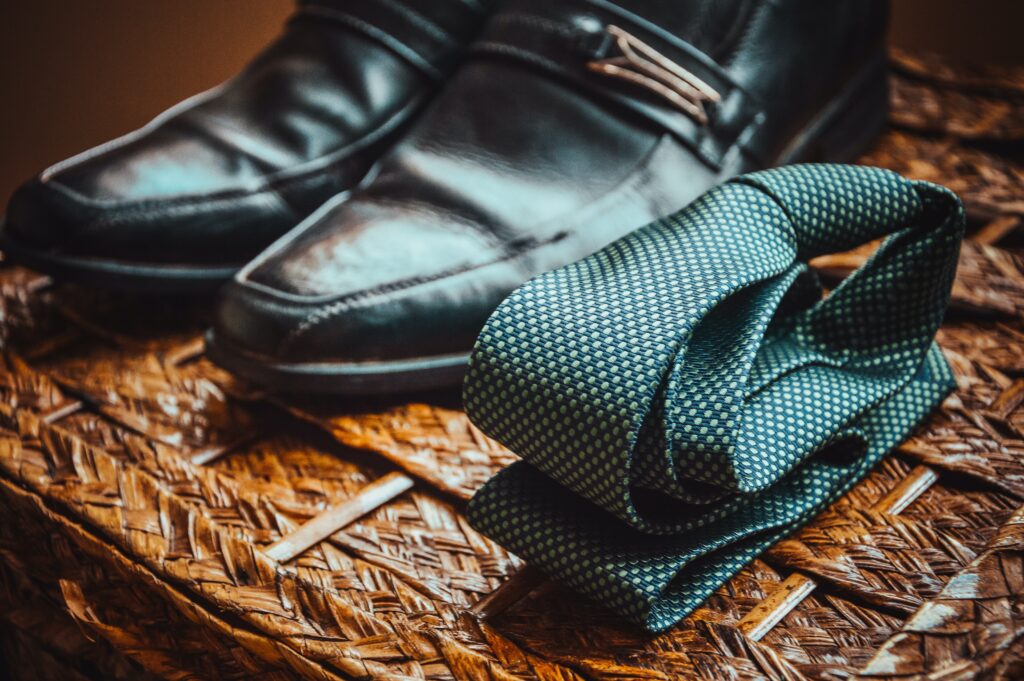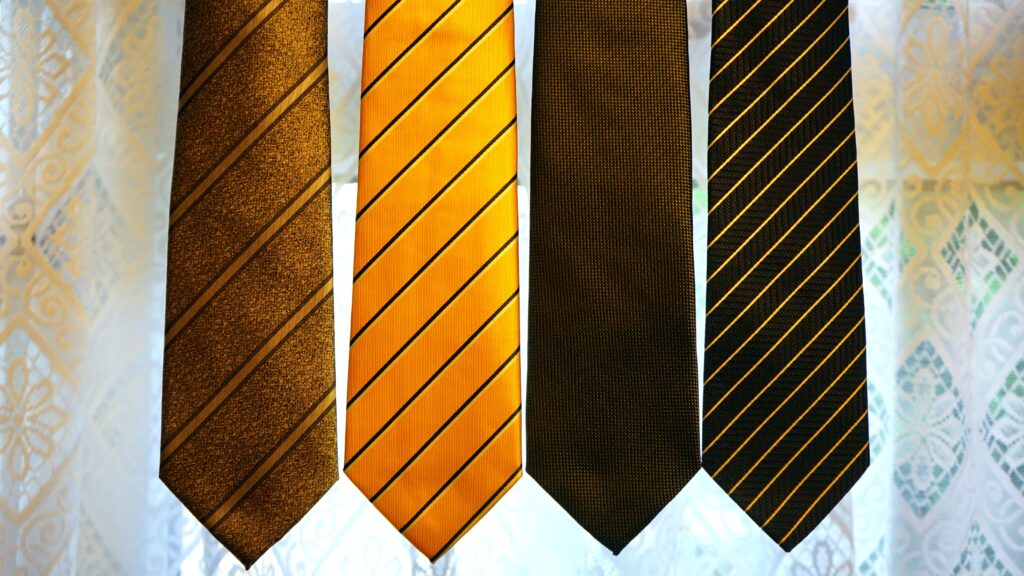
An inadequate tie (in an unfortunate place) is far from a one size fits all and can be as terrible for your look as any ill-fitting jacket. How do you wear the right tie?
For example, did you know that your body type determines the perfect width of your ties? Or that not all surfaces in the workplace are stealing? Or, on the other hand, that an inappropriate example makes you look like a comedian from The Student?
No? Overall, read on to find out exactly how to wear a tie, and why the right method is the easiest way to improve your game.
Latitude and longitude
Any avid adult realizes that one of the secrets to decent attire is a diploma.
“Different tie widths accommodate different body shapes,” says Campbell Carey, an innovative chef at Saviles Column Tailor Huntsman.
You are matching the width of your tie. Think of it as a fashion Tetris.
Thin neckties [usually about two inches] are appropriate for slimmer people as they add to their [slim] body type. Just make sure your shirt neckline is smaller too.”
When it comes to your tie length, let your pants guide you. “Anything lower disturbs the general flow, while too high appears humble.” And no, a clasp on a tie is not the right answer.
Also Read: Business Tips For Stylish Wholesale Fashion

Combination of colors
Like most things hanging in your wardrobe, shading is the main focus when choosing a tie. It’s important to distinguish which ones work with your suit, shirt, and also your skin tone.
The point should always be that the tie is at least one shade darker than the shirt paired with, but it is possible to make the whole process easier by making a few good choices.
“I usually prescribe quieter and more shades [for ties], like blue or burgundy,” says Toby Sheep, Richard James’ director of plans and brands. “Bonds are a key condition, so they’re easy to spot, and people often judge your character by that.” No weight at this point. About the shirt? You can go with cool white, which makes it the perfect clear picture to secure the tie you choose.”
If you want to start putting together a sturdy tie, start with basic tones like sea starch and black, which can effectively spice up on your shirt choice like green, yellow, and the Red.
Event and occasion
Knowing what event you dress for is not just a rule of style. It is an absolute decree for men’s clothing. Considering your tie can help you maintain a strategic distance from a major sin.
“Different ties accompany different events and depend on similar dress standards,” says Allyson Lewis, head of a tie retailer The Tie Bar.
When in doubt, square silk ties are the most formal – so they’re often worn in meeting rooms – so don’t borrow too much other than a suit.
Lately, men who were hoping to add a bit of supersaturate to their cut have opted for woven ties. Due to their increasingly tight structure and right end, they are less formal – and therefore adaptable enough to be worn leisurely under a cardigan or even a calfskin coat.
Prints and patterns

Just look at the number of men who wear tennis shoes with their suits to see that the fit is more relaxed than it was ten years ago. That doesn’t mean we should ignore what has been working for ages. These are just methods that are more likely to be analyzed, especially with a tie.
“There are so many examples, prints, and finishes, but some blends are easier than others,” says Danny Ching, Strong Amies chief architect. First, stick with uncomplicated two-tone designs like polka dots or stripes. These are much quieter in the setup, so it’s easier to match with your shirt and fit. You can also reduce the display further by choosing a tone-on-tone look.
For the evolved dresser, “striped ties can be an incredible way to showcase shade because there are always two shades to work with anyway,” Ching understands.
“Opt for a silent base with a differentiating band to fly against an exemplary fit.” So when you’re in your favourite two-piece suit, try a blue and yellow club tie.
So, these are some rare tips on how to wear the right tie.
